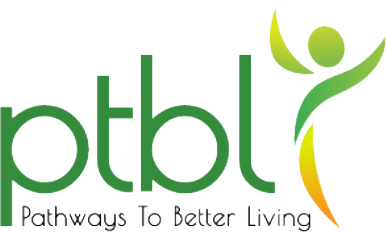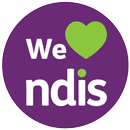Heat exposure poses risks to people with disabilities, especially during the summer months. Factors that increase heat-related risks for participants can include:
- physical and/or intellectual disabilities
- specific medications that increase the body’s sensitivity to UV rays or risk of heat-related illnesses (e.g. antipsychotics and antidepressants)
- a high degree of reliance on others
- behaviours of concern
- swallowing difficulties.
Our organisation is committed to managing risks associated with heat and promoting sun safety.
Applicability
- Applies at all times when supporting participants and in all locations
- Applies to all representatives including key management personnel, directors, full time workers, part time workers, casual workers, contractors and volunteers
Sun safety measures
We will implement basic sun-safety measures at times when the UV index is 3 or higher. Sun protection measures must be implemented even on cloudy days. Refer to the table below for a list of basic sun safety measures.
| Sun safety measure | Details |
| Wear a hat | Wear a broad-brimmed hat that shades your face, neck and ears. Hats with small brims, such as caps, do not provide sufficient protection. |
| Apply sunscreen | Apply sunscreen that is SPF 30+ (or higher) at least 20 minutes before exposure and every 2 hours. Ensure sunscreen is applied to any skin that is exposed to the sun. An average-sized adult will need around 7 teaspoons of sunscreen applied to their body. |
| Wear protective clothing | Wear clothing that covers as much skin as possible (e.g. collared shirts with long sleeves). Avoid wearing dark coloured clothing, as it absorbs more heat. |
| Seek shade | Undertake outdoor activities in the shade, such as under a tree, umbrella or pergola. |
| Wear sunglasses | Wear sunglasses during daylight hours to protect eyes from sun damage. Choose sunglasses that meet Australian Standard AS/NSZ 1067. |
| Stay hydrated | Ensure there is sufficient water available for everyone. Participants’ fluid intake must align with their mealtime management plan; including manner of fluid consumption and beverage preferences. |
Symptoms of heat-related illnesses
We will ensure that our workers are trained in identifying and responding to signs of heat-related illness. This includes dehydration, heat exhaustion, heat cramps and heat stroke. Refer to the table below for general signs and symptoms of each condition.
| Condition | Symptoms |
| Dehydration | feeling thirsty feeling lightheaded dark coloured urine dryness in mouth headache. |
| Heat cramps | heavy sweating fatigue thirst muscle cramps spasms. |
| Heat exhaustion | dizziness and headache cramping heavy sweating fast or weak pulse nausea/vomiting pale/cold/clammy skin. If left unaddressed, head exhaustion and other heat-related illnesses can progress to heat stroke. |
| Heat stroke | a body temperature above 40.5 °C dizziness/confusion loss of consciousness fast pulse extreme thirst hot/red/dry/damp skin rapid breathing nausea. Heat stroke is a medical emergency and 000 must be called. |
Managing Risks
Our organisation will ensure that all risks associated with heat and sun exposure are managed and that all participants can safely enjoy time outdoors. We will manage risks by:
- have a robust risk management system in place, which includes up-to-date risk management plans for each participant
- where possible, avoiding outdoor activities during the hottest parts of the day between September and March during the following times:
- Between 10am-2pm AEST OR
- Between 11am-3pm in NT, North QLD or during daylight savings time
- planning ahead and ensuring all sun protection measures are implemented
- if required, rescheduling supports to a different time to avoid excessive sun exposure
- adjusting participant meals to better suit the weather (e.g., providing more cold foods/drinks)
- staying indoors and reducing activity during extreme heat
- reviewing all participant medications to minimise and manage risks of heat-related illnesses
- reviewing participant support plans to ensure all risks associated with heat-related illness are managed and mitigated.
Person-centred practice
Our organisation is committed to person-centred practice at all times. When managing heat and sun safety we will maintain person-centred practice by:
- seeking participant input and feedback on our supports and services
- modifying services in response to each participant’s preferences regarding sun safety (e.g., using spray on sunscreen instead of tub sunscreen, rescheduling supports to reduce sun exposure)
- where required, modifying participant support plans to incorporate management of risks associated with heat-related illnesses.



